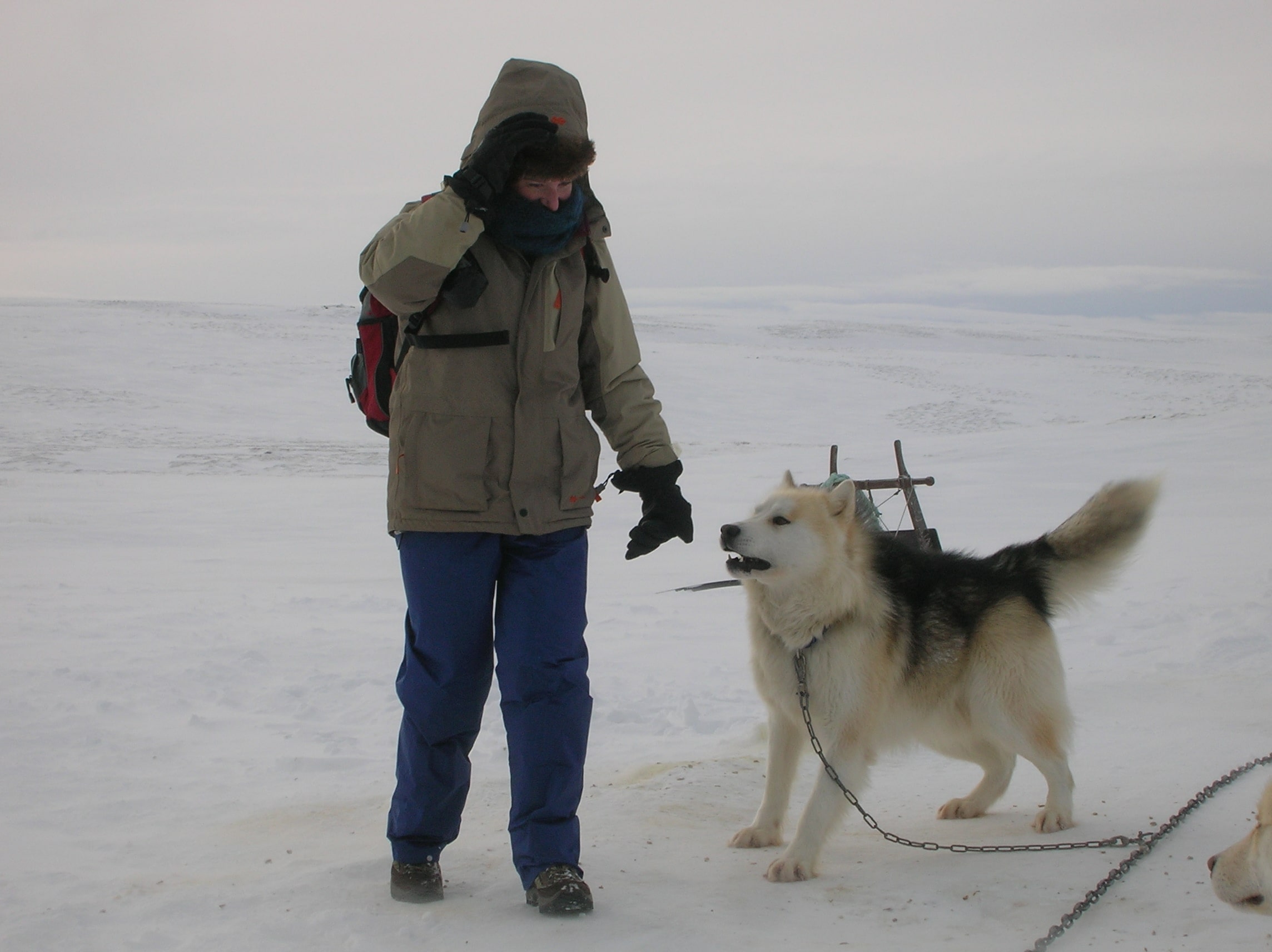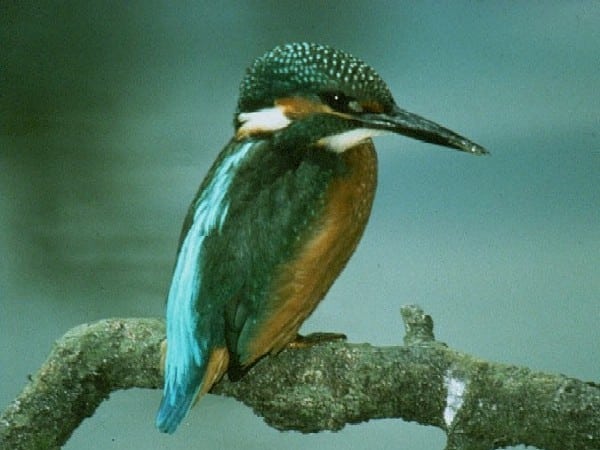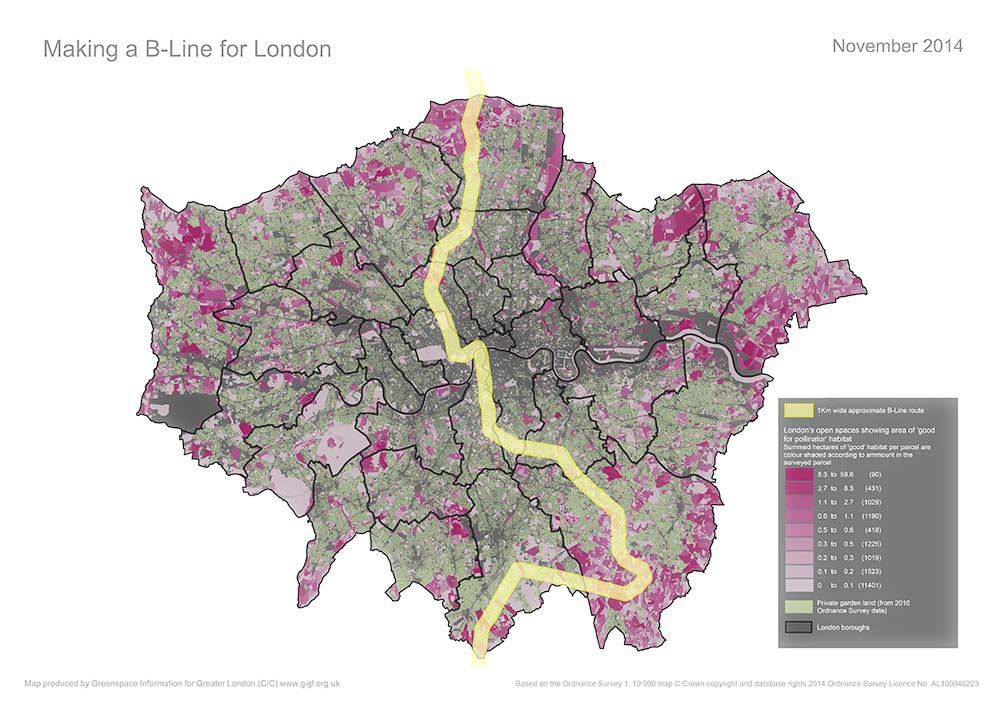Chloë Smith, GiGL Partnership Manager
Chloë is GiGL’s Partnership Manager. She works with the team on partnership development and oversees service delivery to GiGL’s funding partners as well as core work on datasets and information systems.

Town or countryside?
I love things about the culture and environments of both.
Summer or winter?
Summer.
Early bird or night owl?
Early bird (if there’s breakfast).
Outdoor or indoors?
Outdoors.
Plants or animals?
Both.

Kingfisher (c) Bill Varney
What species is closest to your heart and why?
I love trees, but can’t choose one. So, a bird: the kingfisher. It’s delightfully speedy and dagger-like with electric blue and paint box plumage. I had a poster of a kingfisher on my wall when I was young and watched them fishing with my grandad. They also remind me of GiGL as on a team outing with our treasurer David Darrel-Lambert to West Reservoir, we had high hopes of seeing a kingfisher. Despite hearing one call, hopes faded as we approached the end of our walk. Then, as we took refreshment in the neighbouring beer garden before heading home, it appeared in the boundary stream and made us all very happy.
What is your favourite Greater London open space and why?
I love London’s canals. They connect places, people and wildlife physically and metaphorically. They embody the link back to the industrial past of our city, yet have become such significant, tranquil wildlife habitat in their own right. I like that they are still functional thoroughfares and, increasingly, an open space where people live and work as well as spend leisure time.
What has been your most formative experience working with the natural environment? And what did you learn then that you keep with you today?
A truly formative experience would be joining the local Wildlife Watch group in Somerset where I grew up; realising that organised appreciation and action to support nature was something people can do.
At work, the survey season in my pre-GiGL role as an ecologist is still memorable. Fishing a bottle trap out of a ditch to see a real live dragon (well, ok, a great crested newt) or feeling the air stir your hair as a pipistrelle swooped above your head were always thrilling experiences and worth the early mornings, late nights and general slog of an ecologist’s summer. Though it’s been a long time since I did a protected species or habitat survey, I think having a personal insight helps with understanding the wider ecological sector and where GiGL fits – as well as how enjoyable recording can be.
How long have you worked for GiGL and how has your role changed in that time?
I came to GiGL nearly ten years ago to deliver the Garden Research Project. I began work as a Data Officer in 2009. For the last three years I’ve been GiGL’s Partnership Manager, working primarily with Service Level Agreement partners such as London boroughs, regional government and charities.
GiGL has changed a lot during the last decade, becoming a bigger and more confident organisation and lately restructuring to reflect and strengthen areas of work with partnerships and community within the team. My roles have changed accordingly. The development of my current role has enabled me to build on a foundation of project delivery and data awareness and move to thinking about GiGL services more strategically, which I’m really enjoying.
What is your most enjoyable GiGL task and why?

What are the greatest differences in the challenges now facing London’s biodiversity, compared with when you joined GiGL? How can GiGL help?
At the time of writing the greatest challenge to wildlife is the extreme heat and drought conditions we are experiencing this summer. As climate and weather science predicts that extreme weather events including drought and flooding are likely to become more frequent, this must be one of the greatest challenges London’s biodiversity (and population) faces.
GiGL’s data must support London’s response. We will continue to curate detailed datasets about open spaces, their habitats and their wild inhabitants. These data will provide evidence to base strategy and policy on, for example informing the design and placement of green infrastructure and wildlife corridors and reporting on invasive species.
London has a lot to offer someone looking to learn more about wildlife and open spaces. What one thing would you advise people to explore?
I would advise they explore a map! Looking almost daily at mapping of Greater London has given me a special appreciation of the city. I haven’t visited nearly enough of it, but I feel I know its landscape in a way that wouldn’t be possible without this view point. Seeing the whole picture encourages us to see a greater London.
